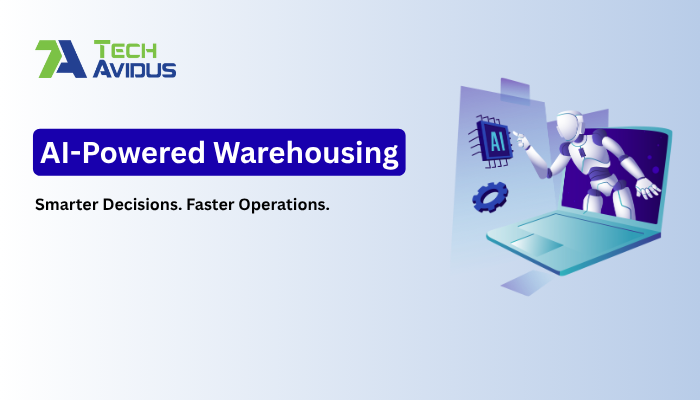
Artificial Intelligence (AI) in warehouse management refers to the use of machine learning algorithms, predictive analytics, robotics, and computer vision to automate and optimize daily warehouse operations. Rather than replacing human input entirely, AI complements it—making warehouses more agile, accurate, and cost-efficient.
While traditional warehouse management systems (WMS) rely on rules-based automation, AI introduces real-time learning and decision-making capabilities. This allows warehouses to proactively address inefficiencies, adapt to fluctuations in demand, and reduce costly manual errors.
AI’s impact on warehouse operations is both deep and wide-ranging. Here's how it's reshaping every corner of warehouse management:
Manual entry mistakes in inventory or picking are common pain points. AI-powered vision systems and machine learning algorithms now detect anomalies in packaging, labeling, and even employee workflows, drastically minimizing human error.
Use Case: A leading global logistics provider integrated computer vision and AI-driven barcode scanning to achieve over 99.8% order accuracy and reduced returns by 30%.
With rising labor costs and shortages, AI-powered robotics and intelligent labor management tools are filling the gaps. Autonomous Mobile Robots (AMRs) and AI scheduling software can optimize shift planning, reduce burnout, and improve productivity.
Example: One North American 3PL provider deployed an AI-based workforce planning system and saw a 15% increase in task efficiency during peak seasons.
Retailers and manufacturers use AI to predict demand and manage stock levels precisely. AI tracks SKU velocity, customer preferences, and even seasonal variations to suggest stocking actions.
Application in Manufacturing: Factories leverage AI for inventory control by monitoring stock in real time, adjusting reorder levels dynamically, and reducing overstock and understock risks.
Traditional forecasting methods struggle with volatility. AI uses real-time data from sales, suppliers, and market trends to improve forecasting accuracy.
Insight: Retailers using AI-based demand forecasting have reduced stockouts by 35% and lowered inventory holding costs by 20–30%.
AI improves picking efficiency by analyzing order patterns, warehouse layout, and worker performance to recommend optimal routes and picking methods.
Solution Example: AI-based picking route optimizers helped an eCommerce warehouse reduce order fulfillment time by 25%.
AI doesn't just manage goods—it manages people. With predictive analytics, it ensures balanced workloads, minimizes idle time, and provides real-time feedback to warehouse teams.
AI-driven Labor Module Capabilities:
The AI wave is only beginning. Leading supply chain organizations are integrating these trends:
AI in warehouse management isn't a buzzword—it's a strategic asset. Whether you're managing a small fulfillment center or a global logistics hub, AI provides a clear path to becoming more responsive, efficient, and scalable.
While the cost of implementation varies depending on scale and complexity, the ROI and operational improvements far outweigh the initial investment. Interested in getting started? Request a free consultation with our warehouse technology experts.
Q1: How does artificial intelligence help in warehouse operations?
AI helps optimize inventory, reduce errors, improve picking efficiency, and automate labor management—making warehouse operations faster, smarter, and more cost-effective.
Q2: What are the benefits of using AI in warehouse systems?
Increased accuracy, reduced operational costs, better labor utilization, improved forecasting, and faster order fulfillment.
Q3: How can I implement AI in my warehouse?
Start with a consultation to evaluate current systems and identify areas for AI integration like demand forecasting, inventory control, or robotics.
Q4: What is the cost of AI-based warehouse management systems?
Costs vary by use case, warehouse size, and technology stack. It's best to connect with an expert for a tailored quote. We offer free consultations.

Keshu Keshvala is the CMO at TechAvidus, a trusted India-based software development company specializing in AI-powered web, mobile, and custom solutions. With 10+ years in IT, Keshu drives enterprise-grade digital solutions that help clients cut costs, boost efficiency, and achieve business goals.
We have the most experienced Top 1% of Tech Talent Teams who can deliver superior technology solutions.
All Rights Reserved. Copyright © 2025 | TechAvidus